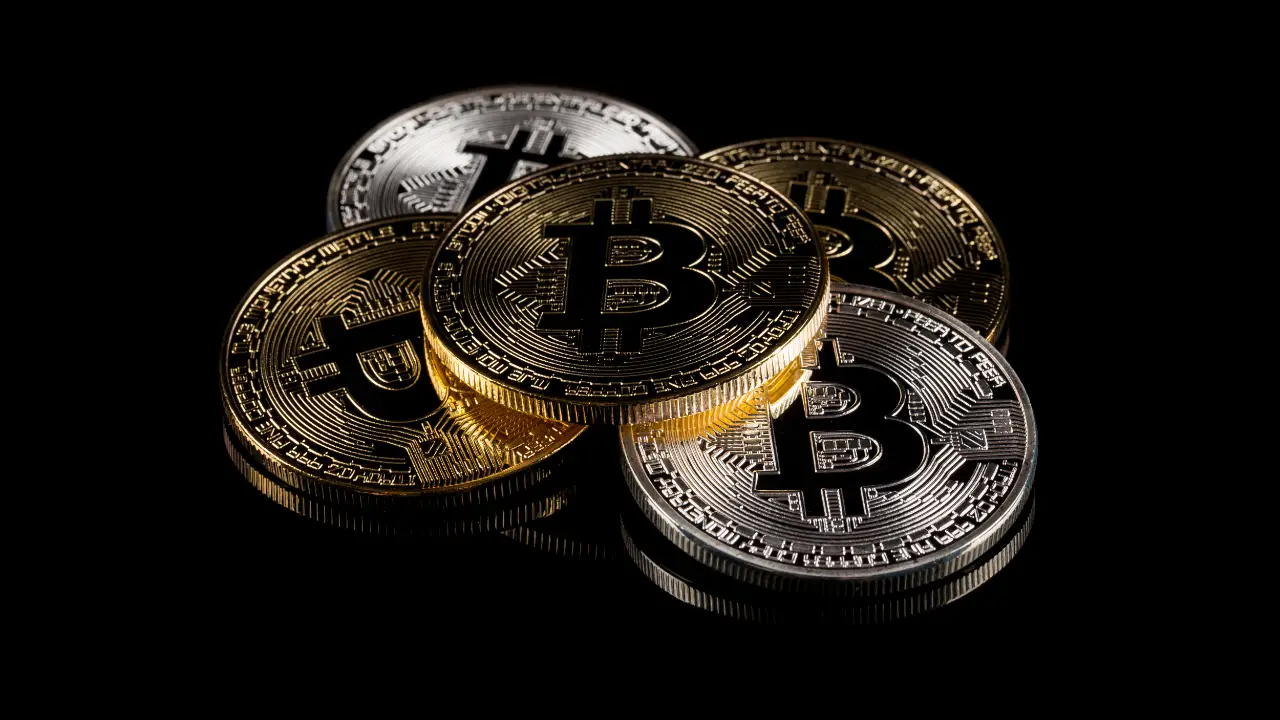Bitcoin Fees Overtake Ethereum as Market Anticipates Halving, Bitcoin Halving Event Sees $2.4B
This block has become a landmark in Bitcoin's history, seeing unprecedented transaction fees totaling 37.67 BTC, as per data from Bitcoin block explorer mempool.space.
The Bitcoin community recently witnessed a significant event as 37.7 Bitcoins (BTC) were spent in transaction fees, amounting to over $2.4 million, to secure a spot in the highly anticipated fourth Bitcoin halving block.
The halving occurred at 12:09 m UTC on April 20, with Bitcoin miner ViaBTC producing block 840,000, which activated an automatic protocol reducing miner rewards from 6.25 BTC to 3.125 BTC per block.
This block has become a landmark in Bitcoin’s history, seeing unprecedented transaction fees totaling 37.67 BTC, as per data from Bitcoin block explorer mempool.space.
Including the mining reward, a total of 40.7 BTC — approximately $2.6 million — was awarded to ViaBTC for mining the halving block.
The spike in fees was driven by users eager to participate in the Runes Protocol, introduced by Bitcoin Ordinals creator Casey Rodmarmor, which launched concurrently with the halving.
Runes, touted as a more efficient token creation system on Bitcoin compared to the BRC-20 token standard, utilizes the Unspent Transaction Output (UTXO) model for token issuance, contrasting the inscription account model used by Ordinals.
Leonidas, a pseudonymous Ordinals developer, highlighted the impact of this surge on miner income post-halving.
“Runes degens have single-handedly offset the drop in miner rewards from the halving,” he stated in a post on social media platform X on April 20.
The subsequent blocks saw even higher fees, with a total of $3.82 million spent on transaction fees across five blocks following the halving, not including the miner subsidies, according to mempool.space.
Additionally, the competition extended beyond token creation.
Bitcoin mining pools competed for the prestigious “epic” satoshi, the first satoshi mined on the halving block.
In the lead-up to the event, Trevor Owens, managing partner at The Bitcoin Frontier Fund, expressed his willingness to offer between $500,000 and $1 million for the first Bitcoin block post-halving.
The reaction to the halving within the crypto community was mixed.
Trader Hsaka captured the sentiment with a meme indicating a fleeting celebration before returning to usual activities.
Meanwhile, notable Bitcoin skeptic Peter Schiff took a more critical stance, commenting on the halving’s effect on Bitcoin holders.
“I think halving is an appropriate name for what’s happening as soon Bitcoin HODLers will experience a halving of their net worths,” Schiff remarked on X.
Recently, Bitcoin (BTC) has experienced a surge in transaction fees, surpassing Ethereum (ETH) for three consecutive days as the market anticipates the upcoming Bitcoin halving and the launch of Runes, a new Bitcoin token standard.
On April 17, Bitcoin miners collected $7.47 million in transaction fees, which was slightly higher than the $7.31 million that Ethereum stakers earned on the same day, as reported by Crypto Fees.
This increase in fees for Bitcoin continued from April 15 to 16, where Bitcoin miners earned $9.98 million and $5.91 million, respectively, outpacing Ethereum by significant margins.
Despite these figures, Ethereum still holds a slim advantage over Bitcoin in terms of the average fees collected over the past seven days, amounting to $8.55 million compared to Bitcoin’s $7.57 million.
The calculation of Bitcoin transaction fees is based on the transaction’s size or data volume and the demand for block space at the time the transaction is processed.
This system has led to the recent increase in fees just as Bitcoin miners prepare for the halving event scheduled for April 20.
The halving will reduce the mining reward from 6.25 BTC per block to 3.125 BTC, significantly impacting miners’ earnings from block rewards.
Currently, about 900 BTC are mined daily, which translates to roughly $57.2 million based on current prices.
With transaction fees of $7.47 million on April 17, these fees represented 11.5% of the total block rewards for Bitcoin miners.
Post-halving, the importance of transaction fees is expected to increase as daily mining output halves to about 450 BTC.
The introduction of Ordinals inscriptions in January 2023 has already contributed to higher revenue from transaction fees for Bitcoin miners.
This trend is anticipated to continue with the release of Runes at block 840,000, coinciding with the halving event.
Runes aims to simplify the creation of fungible tokens on Bitcoin, targeting memecoin enthusiasts and other community-driven segments.
Casey Rodarmor, the creator of both Ordinals and Runes, explained that Runes are fully UTXO-based, meaning they should not overload the Bitcoin network as much as Ordinals have.
This development comes as prices for BRC-20 tokens, including Ordinals (ORDI) and Sats (SATS), the two largest by market capitalization, have declined by 38% and 43% respectively over the last week, as noted by CoinMarketCap.
This shift in trader focus towards Runes may also be influencing the recent rise in Bitcoin fees.













![[LIVE] Engage2Earn: auspol follower rush](https://cdn.bulbapp.io/frontend/images/c1a761de-5ce9-4e9b-b5b3-dc009e60bfa8/1)









![[ℕ𝕖𝕧𝕖𝕣] 𝕊𝕖𝕝𝕝 𝕐𝕠𝕦𝕣 𝔹𝕚𝕥𝕔𝕠𝕚𝕟 - And Now What.... Pray To The God Of Hopium?](https://cdn.bulbapp.io/frontend/images/79e7827b-c644-4853-b048-a9601a8a8da7/1)








